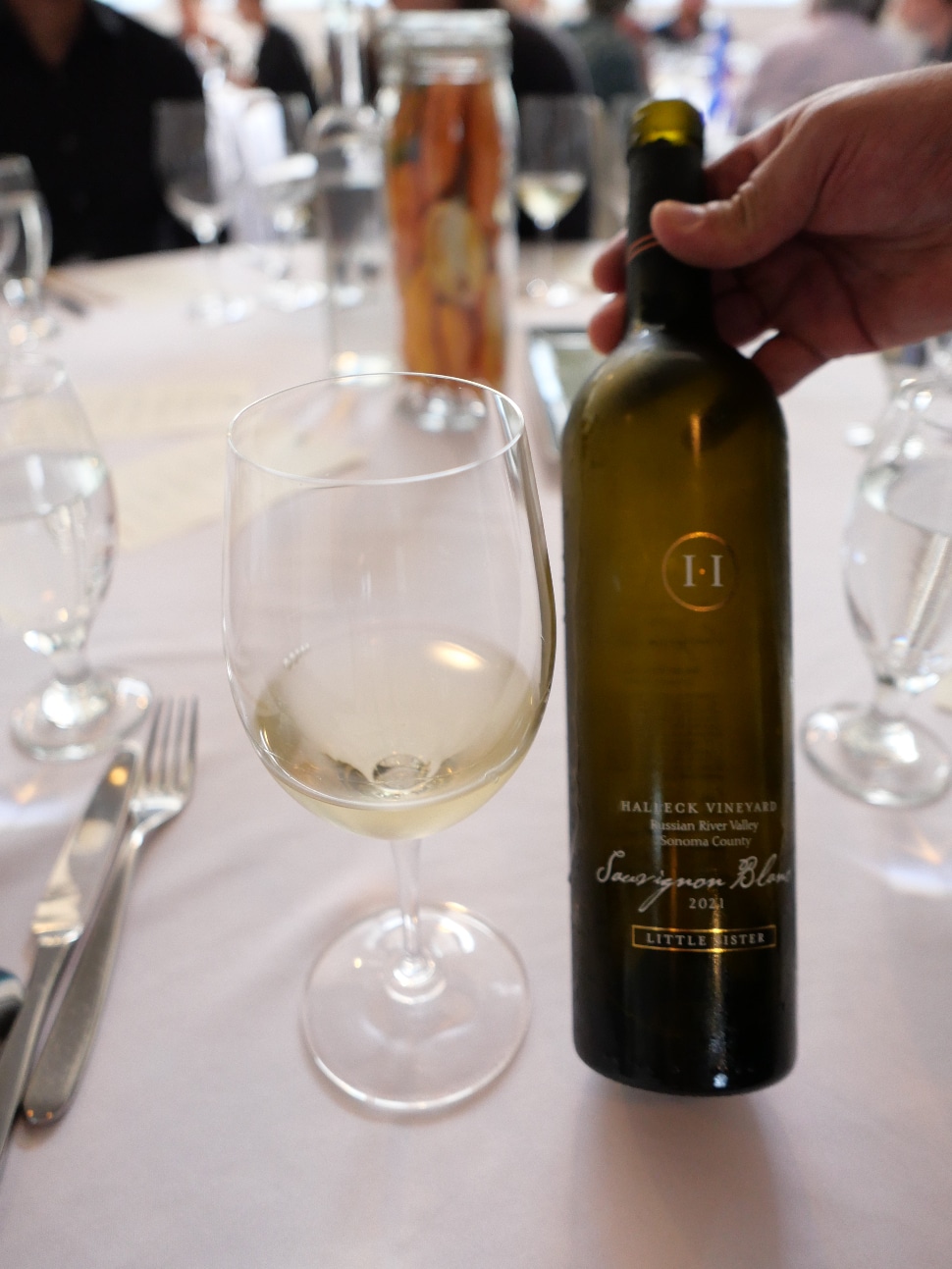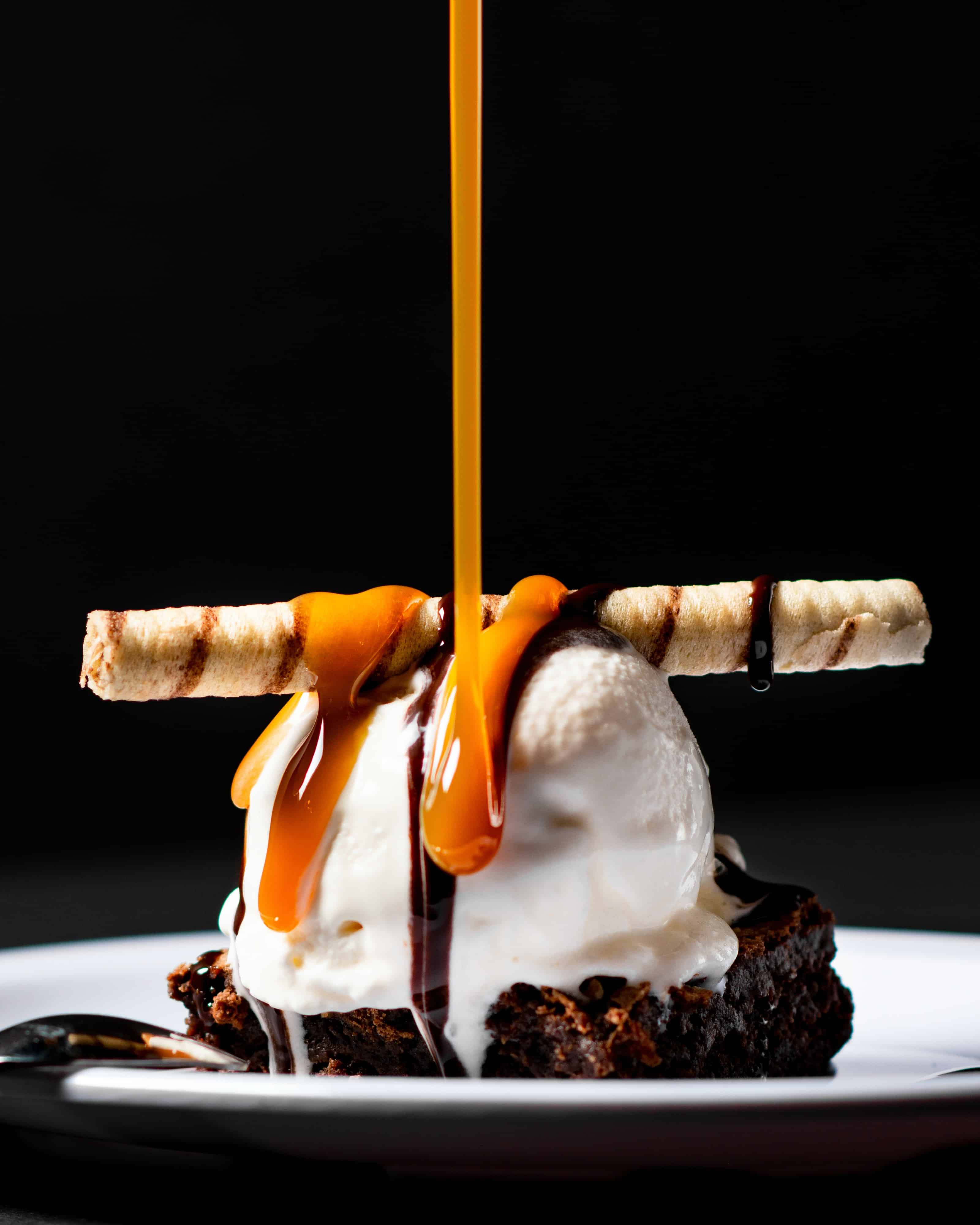Traveler's Guide to Discovering the Wines of California
Traveler's Guide to Discovering the Wines of California
Blog Article
Wine Education Available at Sebastopol Wineries for Aspiring Enthusiasts
Understanding the nuanced vocabulary related to winery wine tasting is essential for each novices and seasoned connoisseurs alike. Every term brings to life the experience of tasting wine and might enhance one’s appreciation of the numerous intricacies concerned. Wine tasting is more than just consuming; it is an art that entails varied senses and feelings.
To begin with, the term "nose" refers back to the aromas one detects when smelling the wine. This is an important step because the bouquet sets the stage for the tasting experience. Notes of fruit, spice, earth, and wood may mingle, offering a glimpse of what the palate may verify. Understanding "nosing" the wine can dramatically elevate one's sensory journey.
One Other key facet is the term "physique." The physique of the wine describes its weight and fullness on the palate. A full-bodied wine has a strong presence and tends to linger longer after swallowing. Conversely, light-bodied wines could really feel extra delicate and refreshing. Recognizing the body helps tasters assess the wine's structure and stability.
Wine Lovers Should Not Miss These Iconic Wineries in Sonoma 95468
The concept of "tannins" is important in pink wine tasting. Tannins are compounds derived from grape skins, seeds, and stems, contributing to a wine's texture and aging potential. High tannin wines usually lead to a dry mouthfeel, while lower tannin levels yield a smoother experience. This distinction is especially necessary when pairing wines with food, as tannins can either complement or clash with sure dishes.
In addition to tannins, "acidity" performs a big function within the wine tasting experience. Acidity gives wine its crispness and liveliness - Uncover the Wineries in Sebastopol for Remarkable Wine Tasting. Wines with higher acidity are usually refreshing and energizing, making them excellent companions for quite a lot of foods. Recognizing acidity can drastically enhance one’s food-pairing capabilities and overall tasting enjoyment.
When delving into the flavour profile of a wine, one may encounter the term "finish." The end refers to the aftertaste that lingers in the mouth after swallowing. A long end is often associated with high-quality wines, because it signifies complexity and depth. A short end could recommend a simpler wine. Understanding tips on how to evaluate the end can reveal much a couple of wine's character.
Exploring the "vintage" can be integral to wine tasting terminology. The vintage denotes the yr in which the grapes have been harvested. Completely Different years can yield vastly totally different outcomes because of variations in local weather situations. For instance, a scorching summer season can produce more concentrated flavors, while a cooler yr would possibly yield more delicate, nuanced wines. Understanding vintage permits for a deeper appreciation of a wine’s origin and potential.
Enjoy at the Breathtaking Vineyards of California's Wine Country
The term "terroir" encompasses the geographical and environmental components that contribute to a wine's distinctive character. Components corresponding to soil sort, local weather, elevation, and topography all play a job in the flavor and high quality of the wine. This connection to place helps one perceive why wines from totally different areas can taste so distinctively different, even when created from the same grape selection (Savory Food and Wine Pairings to Try in Sonoma County).

When partaking with wines, the phrase "leg" refers again to the droplets that type on the inside of the glass after swirling. These droplets can point out the wine's alcohol content material and viscosity. While observing the legs might not instantly relate to the wine’s taste, it adds to the overall experience and intrigue of wine tasting much less clear.
Learn About Sustainable Wine Practices in Sonoma County 95461
A extra specific term that may arise during tastings is "oak." The influence of oak barrels on wine can impart flavors such as vanilla, toast, or spice. The diploma of oak aging can vary widely among wines, affecting each aroma and style. Understanding oak treatment offers insights into the winemaker’s selections and the ensuing complexity of the wine.
In wine tasting, one may also hear the term "palate." The palate refers to the overall taste experience in the mouth. This encompasses sweetness, bitterness, acidity, and body. A well-balanced palate is crucial for a harmonious tasting experience, and recognizing any imbalances helps assess the quality of the wine.
The experience of wine tasting is greatly enriched by understanding the terminology that accompanies it. Every term serves a function, enhancing the flexibility to convey thoughts and feelings about the wine one's experiencing. This vocabulary bridges communication between tasters, sommeliers, and winemakers alike.
To totally get pleasure from wine tasting, it is important to have interaction all senses. The sight of the wine, its colour, and clarity can present insight into its age and quality. Swirling the wine releases aromas that heighten the olfactory experience, whereas the precise tasting allows for an entire evaluation of the wine's profile.
Uncover unique Vineyards in Sonoma County for Outstanding Wine Tasting
In conclusion, understanding the detailed explanation of winery wine tasting terminology greatly enhances the experience of tasting. Every term invitations the taster to engage extra deeply with the wine, encouraging connections to the senses, the winemakers, and the lands the place the grapes are grown. This nuanced vocabulary creates a richer, more fulfilling wine tasting experience.
- Aroma refers to the scents released by the wine, which might point out its grape variety and affect the tasting experience.
- Tannins are natural compounds found in grape skins, seeds, and stems, contributing to the wine's construction and growing older potential.
- A finish, or aftertaste, is the lingering flavor sensation that continues to be on the palate after swallowing, often a key indicator of quality.
- Physique describes the load and fullness of wine in the mouth, generally categorized as light, medium, or full-bodied.
- Terroir denotes the distinctive environmental characteristics of a winery that affect the taste and high quality of the wine, including soil sort and local weather.
- Acidity is a critical component that contributes to a wine's freshness and stability, impacting its aging capability and total flavor profile.
- Vintage signifies the year grapes have been harvested and plays a significant function in determining the wine's characteristics, reflecting particular climatic conditions.
- Decanting includes pouring wine from its bottle into one other vessel, permitting it to aerate and enhancing its flavors and aromas.
- A corked wine could also be tainted by a defective cork, resulting in musty or off-putting flavors that detract from the wine's meant profile.
- The term “legs” refers back to the droplets that cling to the within of a glass after swirling, often related to the wine's alcohol content material and viscosity.undefinedWhat is the which means of "nostril" in wine tasting?undefinedThe "nose" refers to the aroma profile of the wine, which is detected via the sense of odor. It's an important facet of wine tasting, as aromas can reveal lots about the grape variety, winemaking process, and aging.
How ought to I properly taste wine?undefinedTo taste wine successfully, comply with these steps: observe the colour, swirl the wine to aerate it, take a delicate sniff to capture the aromas, sip and let it coat your palate, and eventually, note the end. This method helps in appreciating the wine’s complexity.
What are "tannins" and the way do they affect wine?undefinedTannins are pure compounds found in grape skins, seeds, and stems that contribute to a wine's construction and astringency. They can create a drying sensation in the mouth, they usually also play a job within the wine's getting older potential.
Top Tips for Enjoying Wine Tastings in Sebastopol 95433
What does the term "steadiness" mean in wine tasting?undefinedStability refers use this link to the concord between the completely different elements of a wine, corresponding to acidity, sweetness, alcohol, tannin, and flavor intensity. A well-balanced wine will have every of these parts supporting one another somewhat than overpowering the others.
What is the importance of "terroir" in wine tasting?undefinedTerroir encompasses the environmental factors—such as soil, local weather, and geography—that influence the characteristics of the wine produced in a specific area. Understanding terroir helps tasters appreciate the distinctive qualities that completely different areas impart to their wines.
What does "vintage" mean and why is it important?undefined"Vintage" signifies the year when the grapes were harvested. It is essential because it impacts the wine’s quality and traits, as weather situations during the growing season can significantly influence flavor profiles and aromatics.
What are "legs" and what do they signify?undefined"Legs" check with the droplets that kind and run down the within of a glass after swirling wine. Whereas they will indicate alcohol content material and viscosity, they do not decide quality—this is more about personal perception of richness.
Vineyard Views and Wine Tastings in Russian River Valley 95468

What does "full-bodied" imply versus "light-bodied"?undefined"Full-bodied" wines are rich, dense, and often have greater alcohol content and complicated flavor profiles, while "light-bodied" wines are extra delicate and refreshing with a lower alcohol content material. This distinction helps tasters understand the anticipated weight and mouthfeel of the wine.
How can I determine fruit flavors in wine?undefinedTo identify fruit flavors, think about the aroma and taste profiles. Swirl the wine, inhale deeply to seize the bouquet, and concentrate on particular characteristics. Familiarity with typical fruit profiles of assorted grape varieties can enhance this identification course of.
What is "finish" in wine tasting?undefinedThe "end" refers back to the aftertaste that lingers within the mouth after swallowing. Read More Here A long, complicated finish is usually an indication of quality in a wine, because it reflects the depth of flavor and total craftsmanship in the winemaking process. Report this page